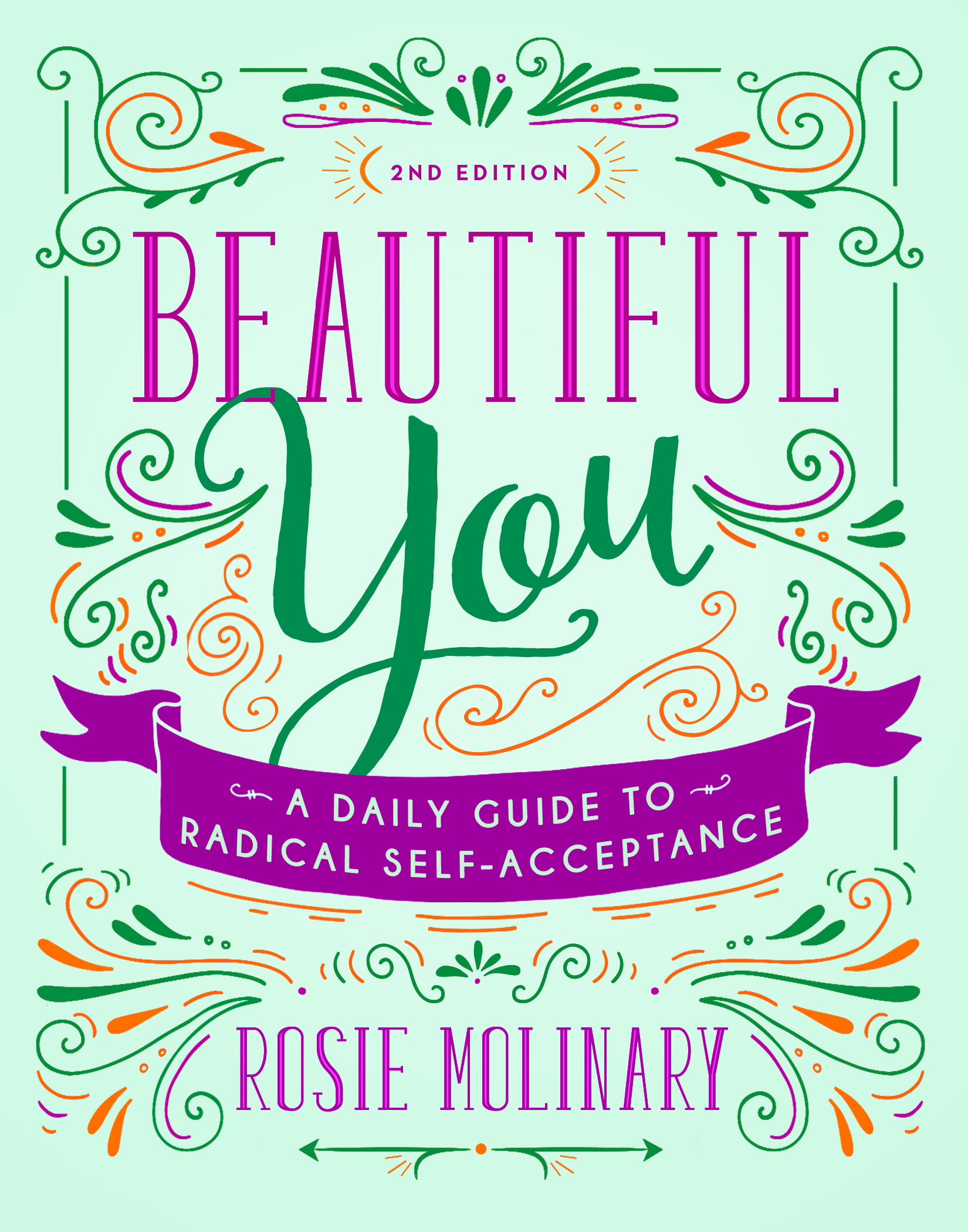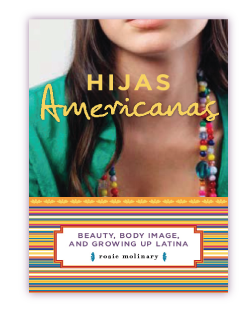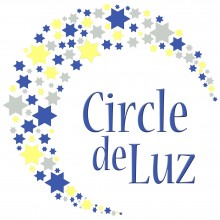I was just cleaning out the sent items from my e-mail inbox and came across this Q&A sequence from August 2006– just as I had wrapped the first draft of Hijas and was headed into the editing. I know some folks are really interested in the process of how a book becomes a book so I thought I would share this Q&A.
Tell us about your experience in writing this book. For instance, how long did it take? Where did the original idea come from? What research did you do? Was there anyone who was particularly helpful in researching/writing the book?
I left my undergraduate years assuming that I would be a high school teacher for life. What I found in the school where I taught, where many of my students were lower-middle class, first generation American and bilingual (an interesting echo of my own upbringing), was that few of my students had a voice. I wanted to learn exactly how to get at voice through a medium I loved which was writing and so I applied for MFA programs in Creative Writing with the intention of learning how to instigate voice through writing as an educator without even thinking about personally pursuing publishing.
I realized two things as I studied. The first is that my mission in life is to give voice to those who are voiceless. Sometimes that is by using my own voice (in writing and speech) to express what I am hearing from those who are scared to publicly share their experiences and sometimes it is by empowering the voiceless as a teacher, friend, or mentor to speak their truths. The second thing that I realized is that writing is a natural extension of my life’s commitment to advocacy, community, and activism. It is those realizations that made publishing become interesting to me– realizing that there are so many important things that need to be heard in the world and one tool for that exposure is publishing. Putting some things in print can inspire movement, change, and compassion.
I initially approached Seal Press about publishing a collection of essays I wrote in graduate school called Giving Up Beauty that detailed my experiences with ethnic identity, body image, and beauty perception. Brooke Warner responded quickly, but asked if I would be interested in exploring those themes in a more global sense. I took a few weeks and then pitched her this idea because I am very much interested in having my vocation not just be about putting my own voice out there but, instead, getting many voices out there. The work of people like Eve Ensler really inspires me, and I was thrilled to have the opportunity to bring the range of the Latina experience to the world’s conversation.
The book required me to find Latinas around the country who could participate in both the survey and the interviews and the ability to use the internet to network through Latinas was invaluable. I also studied past dissertations and books that were written about the themes of the book. Two research assistants in my first four months of work on the book proved invaluable in helping me find research, develop the survey and questionnaire, conduct interviews, and begin writing. I started my research in January 2006 and began writing in early May 2006. I finished the first draft in September 2006 and then spent two months editing.


